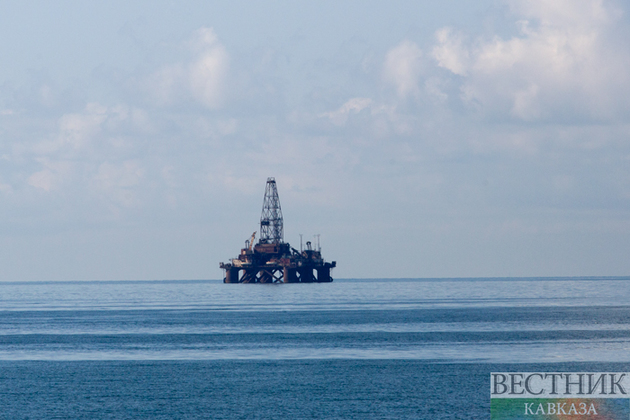A group of some of the world’s most powerful oil producers agreed on Tuesday to continue gradually easing production cuts amid a rebound in oil prices. OPEC and its oil-producing allies, known as OPEC+, will boost output in July, in accordance with the group’s April decision to return 2.1 million barrels per day to the market between May and July.
The alliance announced massive crude production cuts in 2020 in an effort to support prices when the coronavirus pandemic coincided with a historic demand shock, CNBC writes. Worldwide benchmark Brent crude futures traded at $71.17 a barrel on Tuesday, up round 2.7%, whereas West Texas Intermediate crude futures stood at $68.65, for a achieve of greater than 3% and the contract’s highest stage in additional than two years. Oil costs have climbed greater than 30% this 12 months. Ahead of the meeting, analysts expected the group to keep output steady.
“I think the event itself is going to be a nonevent. We expect them to basically reconfirm the plan that they laid out on April 1,” Jeffrey Currie, global head of commodities research at Goldman Sachs, told CNBC’s “Street Signs Europe” on Tuesday. “I think the bigger issue underlying this is: How are they going to deal with Iran?” Iran is in discussions with six world powers to revive its 2015 nuclear deal. The restoration of a deal could lead to more oil on the global market in the coming months.
“It’s too early to give specific numbers around Iran,” Currie said. “So I think the best you can hope for in terms of how they are going to deal with Iran is the indication that they are willing to offset any increases in Iran. That could be the positive upside surprise coming out of this meeting.”
OPEC Secretary General Mohammad Barkindo said Monday that he did not believe higher Iranian supply would be a cause for concern. “We anticipate that the expected return of Iranian production and exports to the global market will occur in an orderly and transparent fashion,” Barkindo said in a statement.
“I think everybody is expecting Iran to add a lot of volume. So beyond the July increase, they aren’t likely to come out with any commitment,” Amrita Sen, chief oil analyst at Energy Aspects, told CNBC’s “Squawk Box Europe” on Tuesday. “We know that as demand rises, we will need more OPEC barrels, but I think Iran is going to be the big question mark for them,” Sen said.
OPEC+ initially agreed to cut oil production by a record of 9.7 million barrels per day last year as global fuel demand collapsed, before easing cuts to 7.7 million and eventually 7.2 million from January. By July, the group’s production cuts will be on track to stand at 5.8 million.
“The most consequential issue for OPEC+ over the short term relates to the potential rise of Iranian production as a result of the US and Iran returning to JCPOA compliance,” Eurasia Group analysts said in a research note, referring to the acronym for the nuclear deal: the Joint Comprehensive Plan of Action. Analysts at the risk consultancy said it believed progress in successive rounds of talks made a return to the deal likely in the third quarter of 2021.
“Over the medium term, OPEC+ will most likely adjust its policy to prevent the addition of Iranian barrels from derailing its market balancing strategy,” they continued. “Saudi Arabia will likely lean on Russia to better understand the scope of Iranian policy to work on adjustment plans. Iran would also probably act constructively as higher oil prices serve its own interests.”






